Satellite Pollution Is Now A Serious Problem For Astronomers
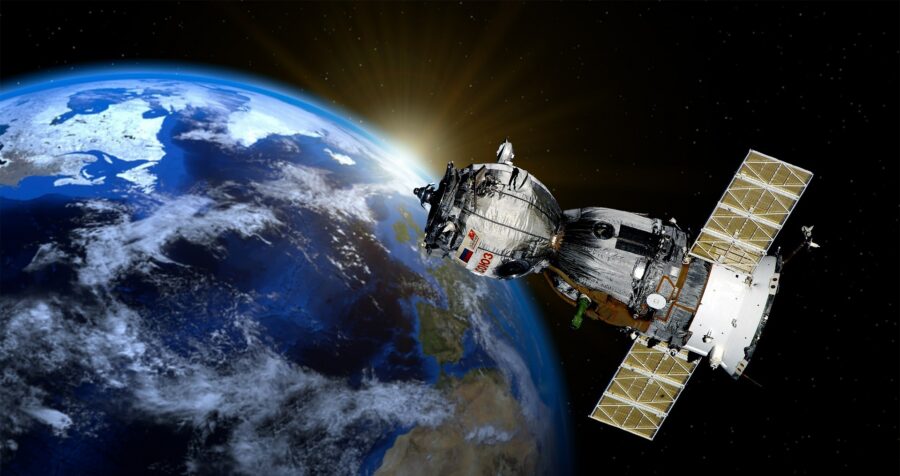
Various US astronomers and the US Public Interest Research Group (US PIRG) have joined together to tackle the growing problem of satellite pollution. Hoping to avoid future negative environmental impacts, their goal is to convince the US Federal Communications Commission (FCC) to no longer keep small satellite swarms exempt from their environmental review requirements.
Space Has Changed In Nearly 40 Years
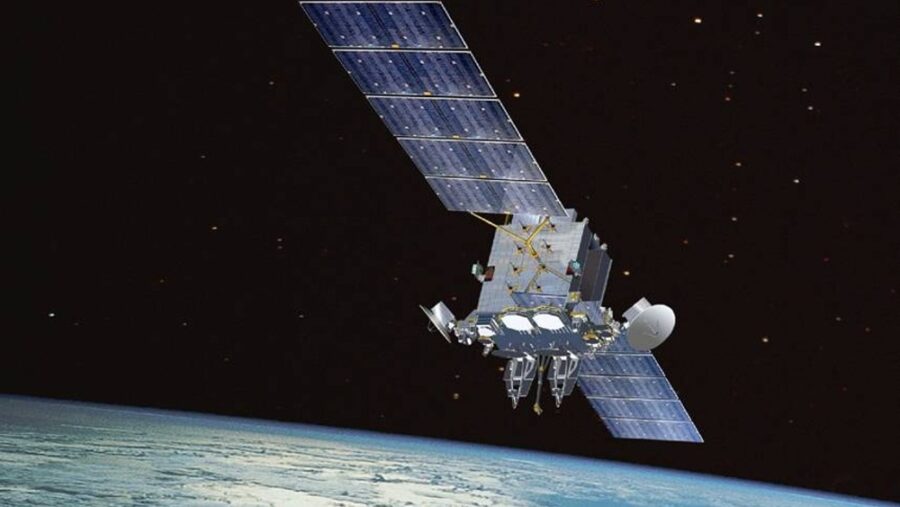
A letter reflecting this request, signed by many passionate astronomers, will soon be presented to the FCC’s space bureau chief, Julie Kearney. The letter references a 2022 report on satellite pollution issued by the Government Accountability Office (GAO). The report highlighted the extreme increase in satellite launches from 1986, when the exemption was created to now and called for the old rule to be revisited and revised.
An Innovation For Some Is A Problem For Others
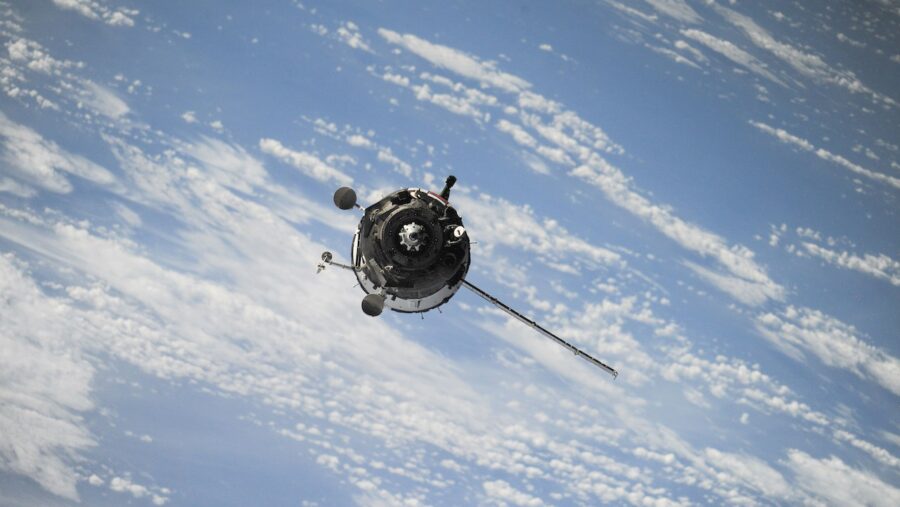
Largely due to SpaceX’s Starlink, a satellite internet constellation started in 2019, the number of satellites in Earth’s low orbit has grown by a factor of 127 within the last five years. While many only see Starlink as an innovation, US PIRG warns about the consequences that will come with further satellite pollution.
The main concern is the tons of satellite debris that burn daily while re-entering Earth’s atmosphere, as well as the amount of pollution created during their launch. According to predictions by US PIRG, this satellite pollution would be equivalent to seven million diesel dump trucks circling the globe each year.
The Extent Of The Problem Is Unknown
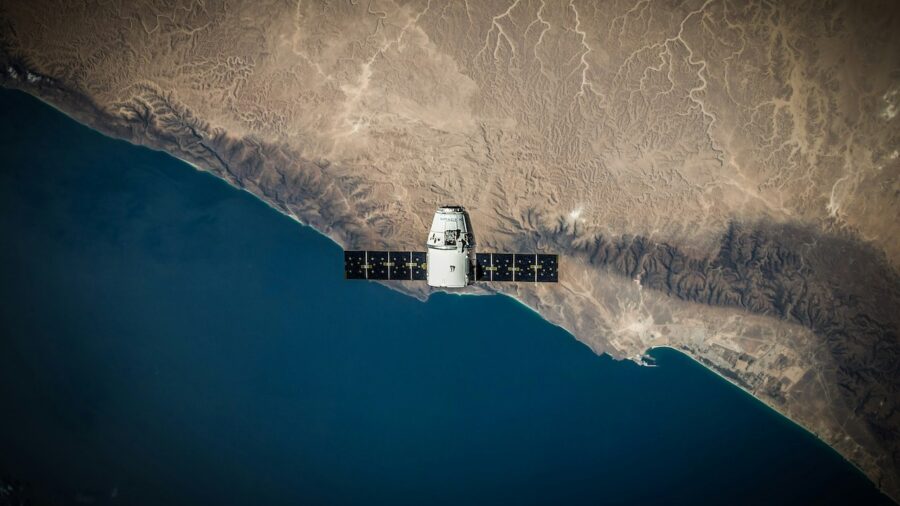
Experts also argue that there is not enough information to gauge how much satellite pollution could further exacerbate our problems with our climate, environment, and ozone. They highlight that it’s because of these unknown answers that they want the FCC to require environmental review requirements for these small satellite clusters.
Samantha Lawler, an associate professor of astronomy at the University of Regina, commented, “What we do know is relying on a decades-old decision to exclude 50,000 satellites from environmental review defies common sense.”
Stifling Astronomy
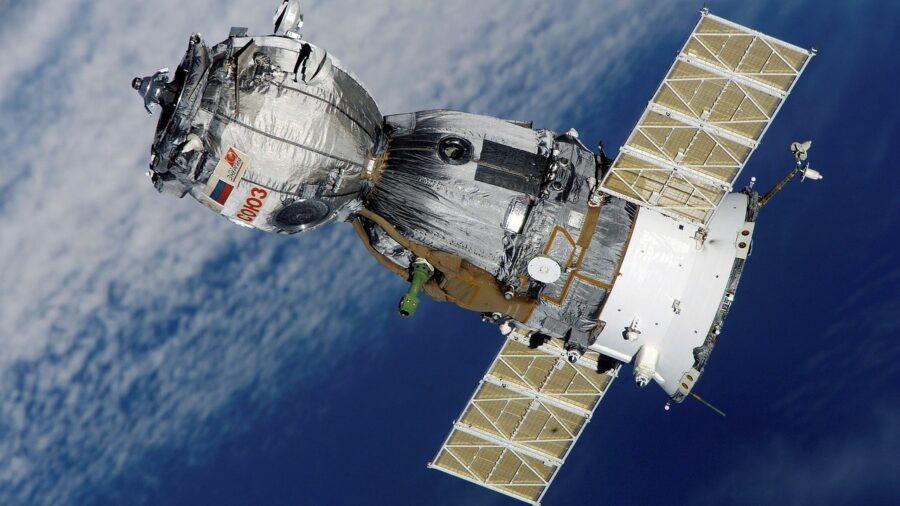
Satellite pollution also brings forward various concerns for the advancement of astronomy. Light pollution has already been a large hurdle for ground-based astronomers, and now, with the rise of satellite launches, the night sky has grown 10 percent brighter than it was at the beginning of the space age.
Yes, it will now forever be harder to stargaze with telescopes, but many have spoken out about the more serious faint astrophysical signals that will soon be drowned out. This includes the ability to survey hazardous near-Earth objects and track their trajectory.
A Problem That Still Needs An Answer
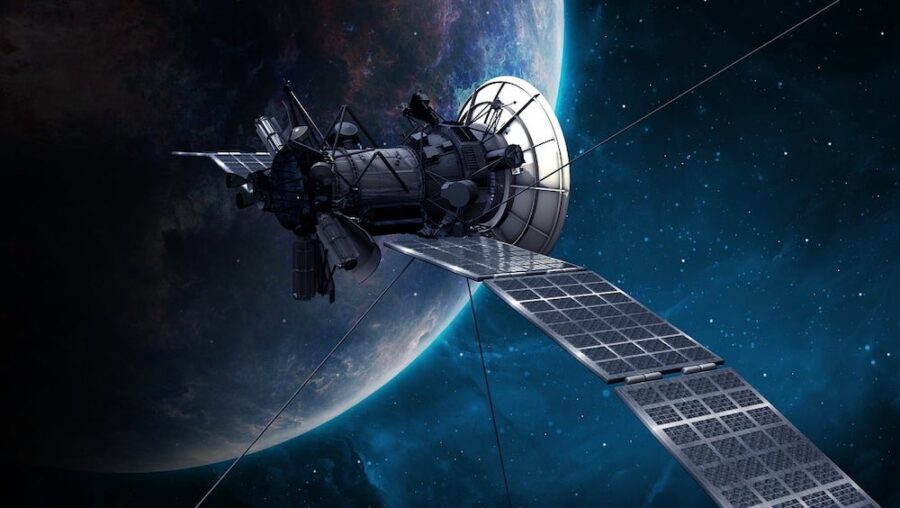
Aside from the proposed overturn of the FCC’s satellite exemption rule, experts propose that companies reduce the reflectiveness of their satellites. However, in the case of SpaceX’s “DarkSat,” the design was abandoned for various engineering reasons. Also, this proposed solution, despite already being nearly impossible to develop, does not acknowledge the space debris created by satellite pollution.
It is unclear when the suggested letter will be presented to the FCC. As of now, US PIRG is calling upon the general public to make some noise about the issue and back their suggested solutions. For those interested, the letter is available on US PIRG’s website, and they encourage those who are passionate about satellite pollution to add their names to the backing signatures.











